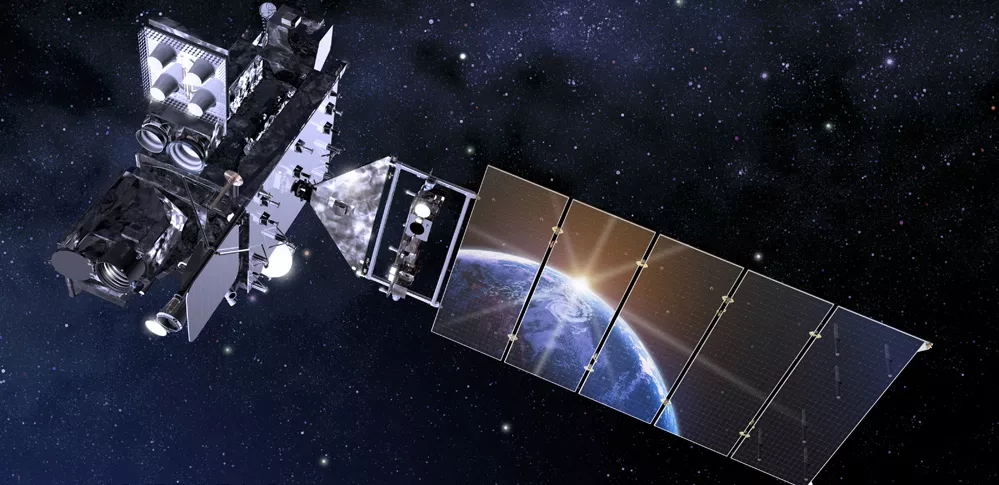NOAA’s latest generation of Geostationary Operational Environmental Satellites (GOES), known as the GOES-R Series, is the nation’s most advanced fleet of geostationary weather satellites.
Find out more about these satellites as well as the latest news below.
Introducing the GOES Satellites
An introduction to NOAA's GOES-R Series Satellites - including GOES-R GOES-16 GOES East and GOES-S GOES-17 GOES West.
Introducing the GOES Series GOES 101
Satellite science is fun for kids too! From weather and hazards on Earth to search and rescue and bursts of energy from the sun, the GOES-R satellite will see it all from 22,000 miles above our planet!
Watch GOES-R Meet GOES-R
GOES News
-
NOAA’s GOES-T, the third in a series of four advanced geostationary weather satellites, blasted…
-
GOES-T is scheduled to launch aboard an Atlas V 541 rocket from Cape Canaveral Space Force Station…
-
A cutting-edge new instrument is ready to be installed on NOAA’s GOES-U satellite, which is…
-
NOAA’s GOES-T satellite arrived in Florida today to begin final preparations for an early 2022…
-
Severe thunderstorms struck Texas. The storms formed along a dry line—a boundary between moist and…
-
Engineers completed a successful test deployment of the GOES-T satellite's solar array as part…
-
GOES East viewed von Kármán clouds flowing around Mexico’s Guadalupe Island.
-
NOAA satellites often see patterns of clouds called gravity waves, which appear as ripples.


